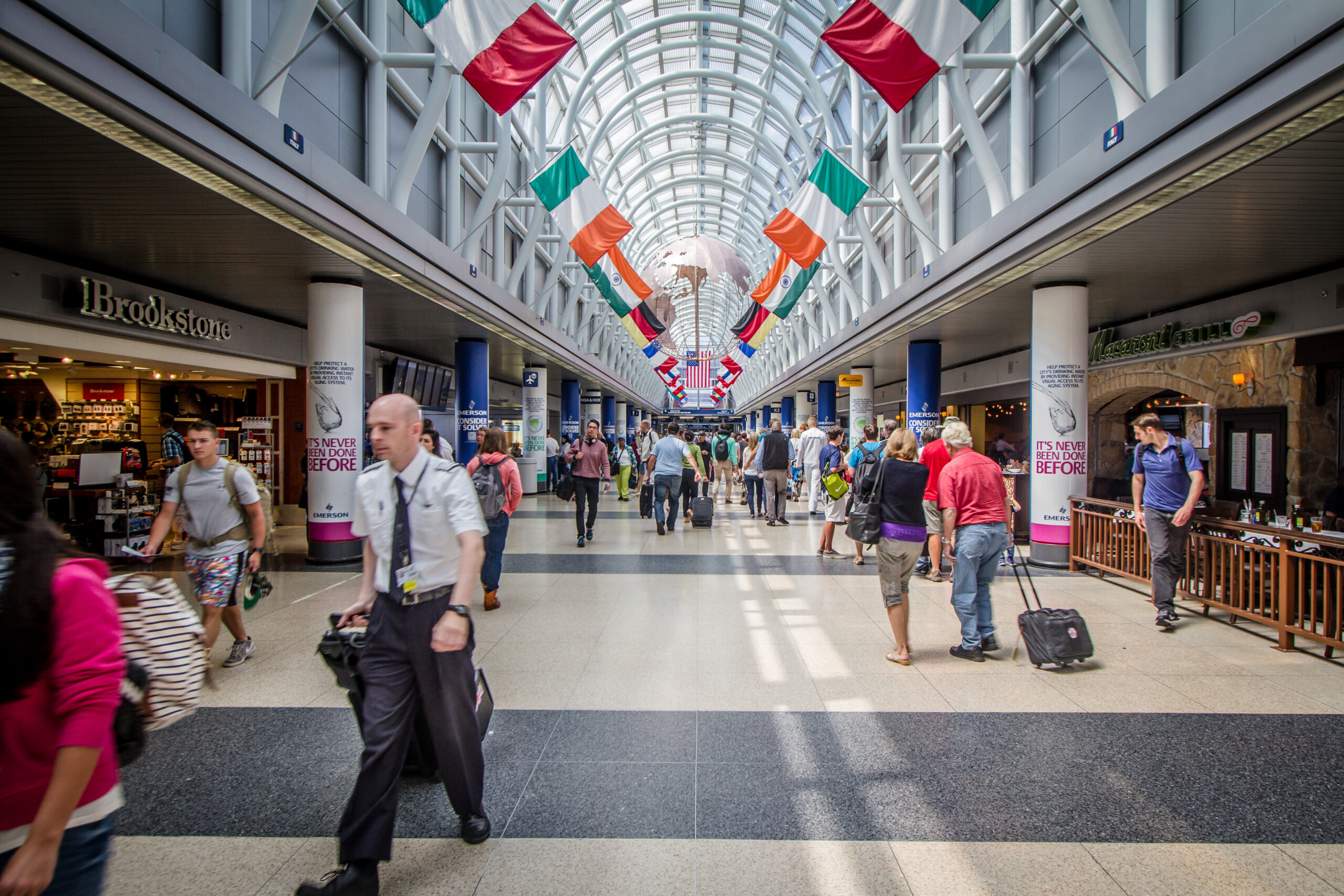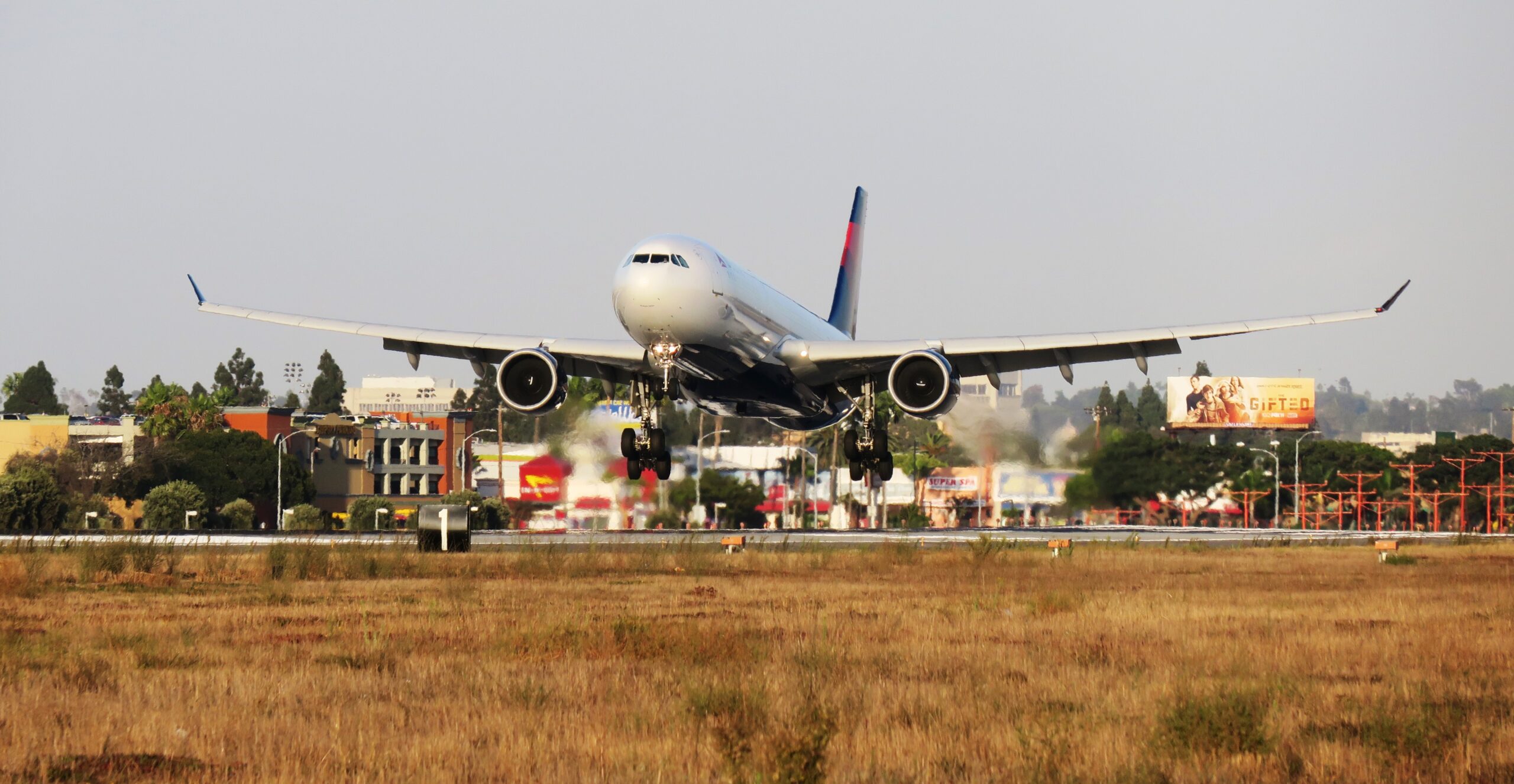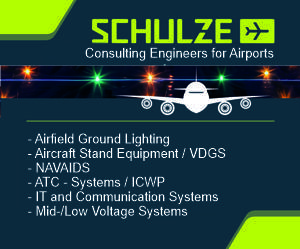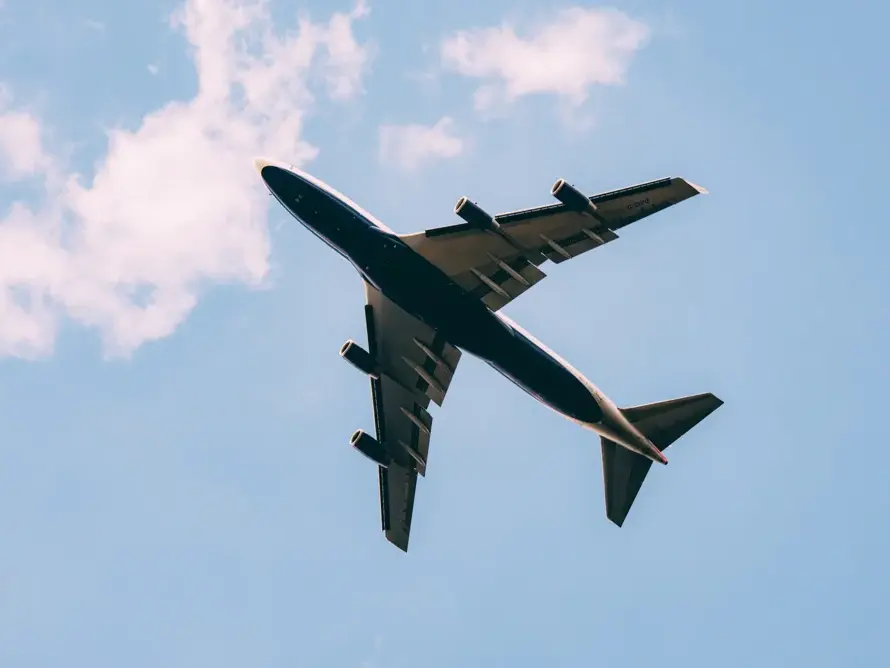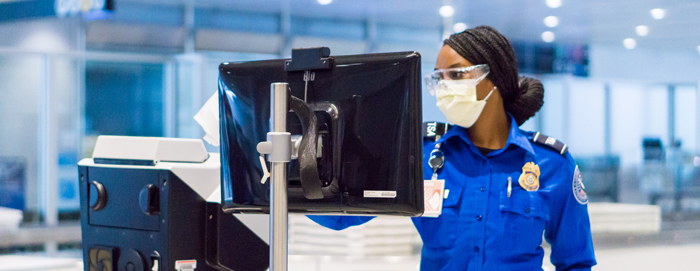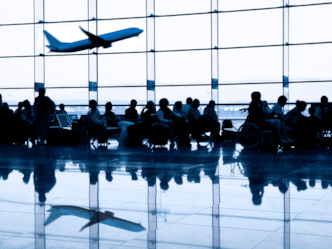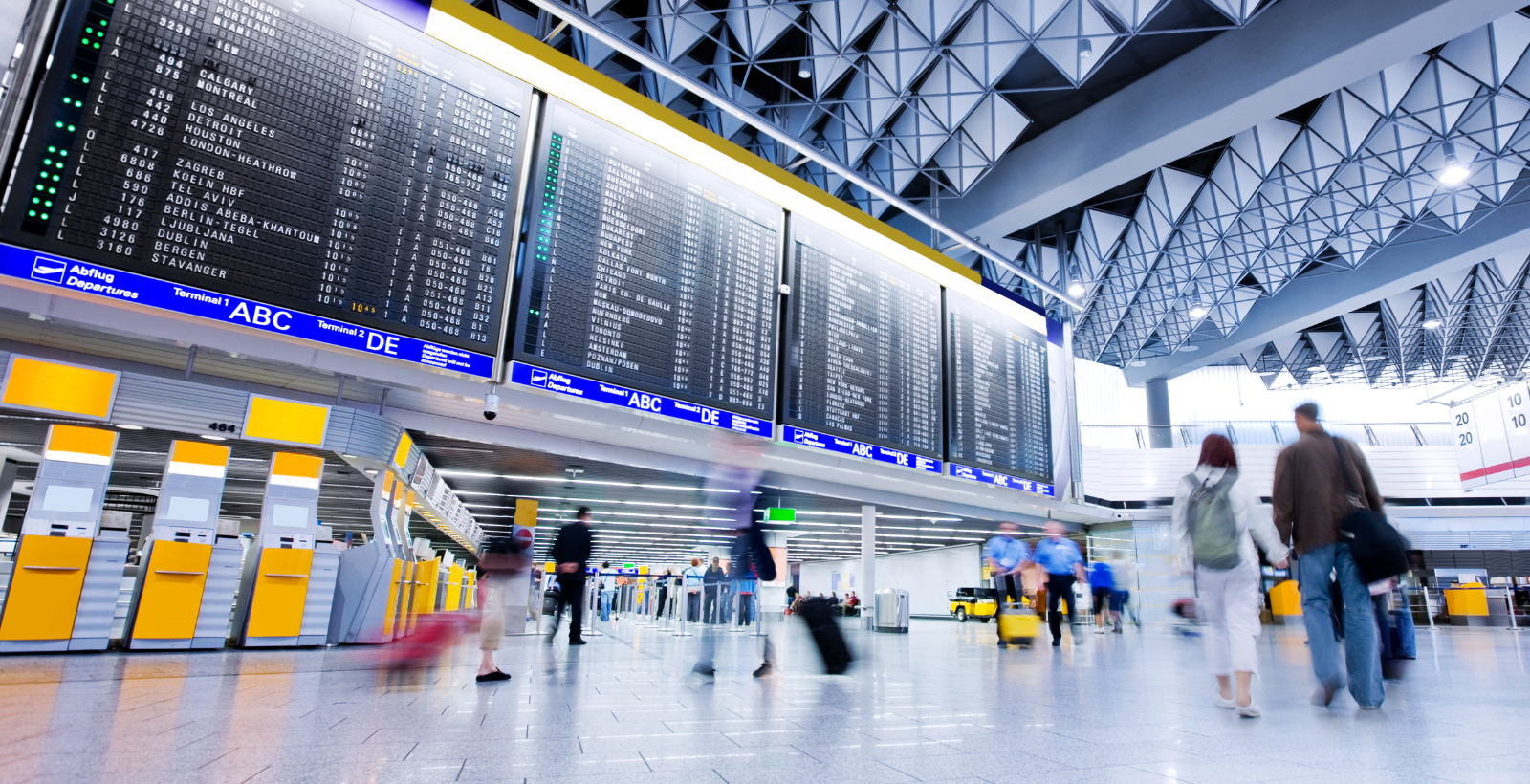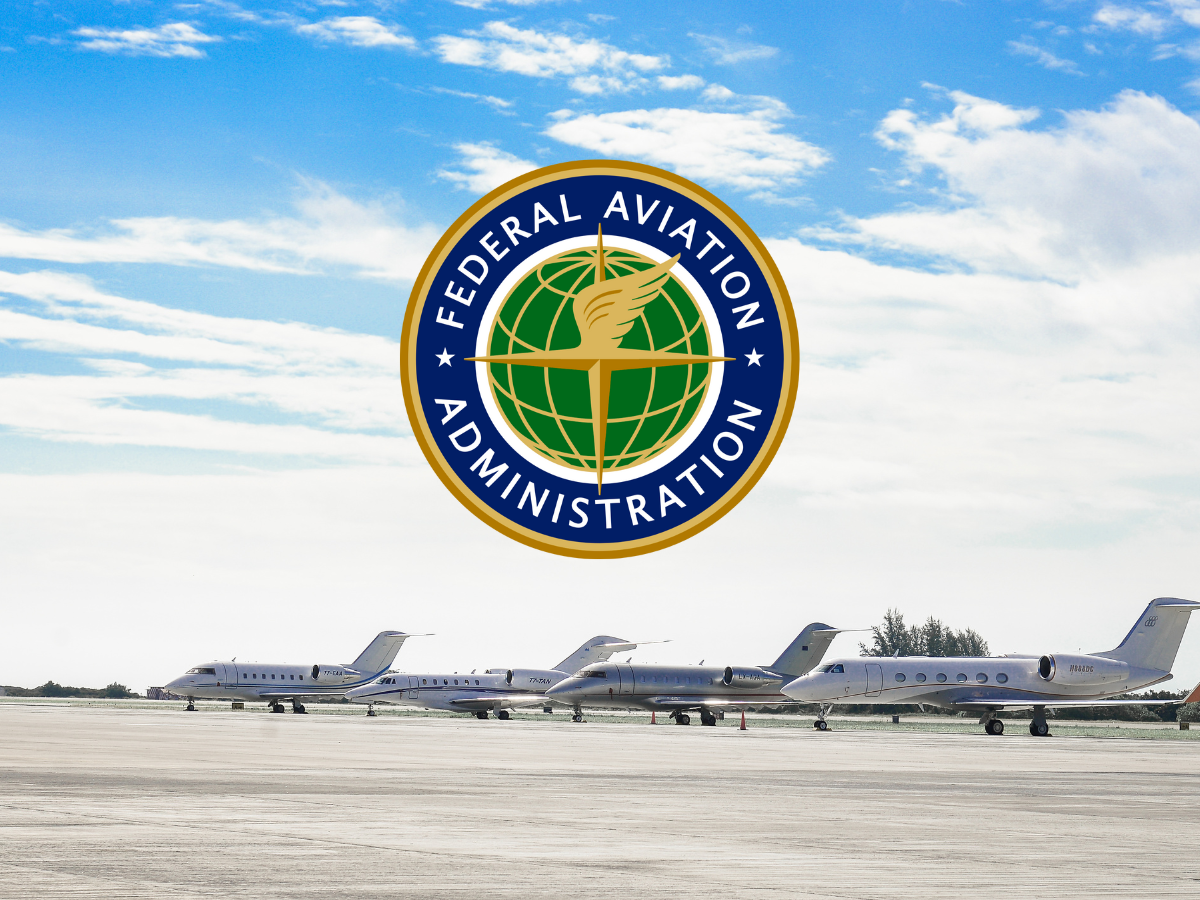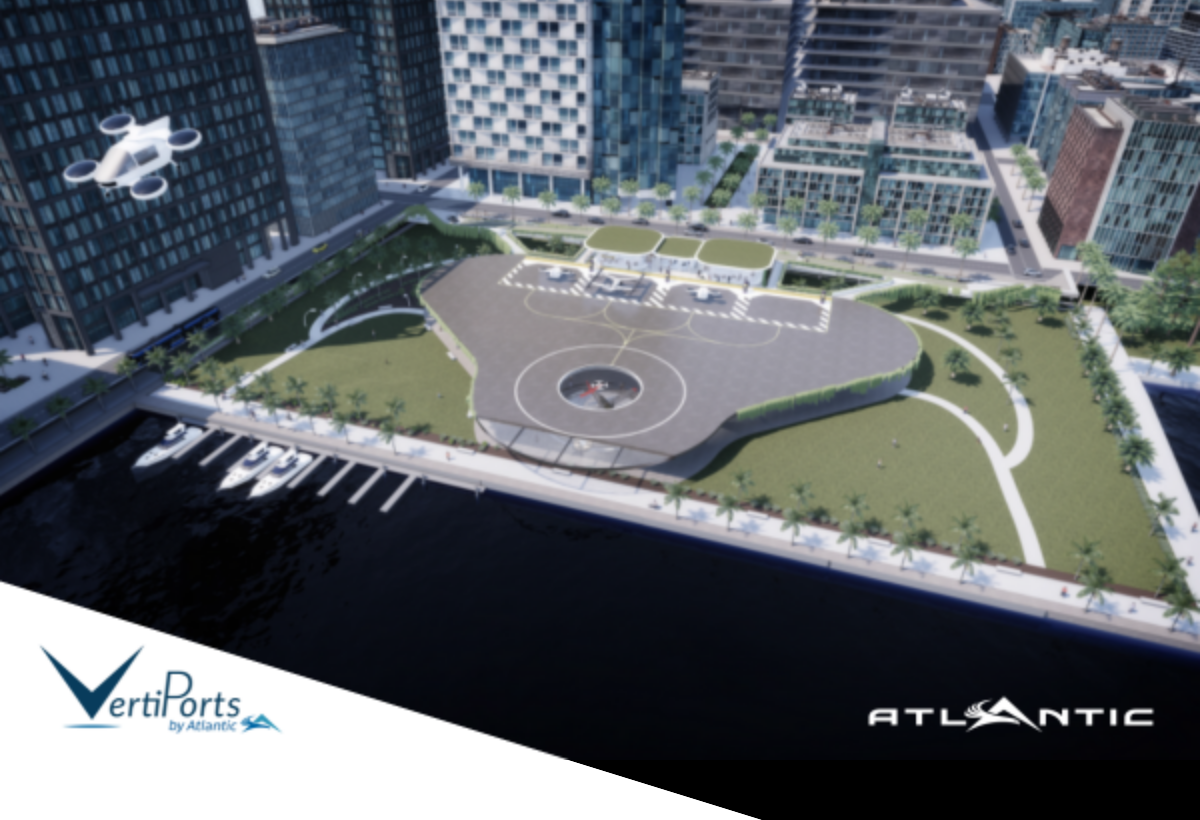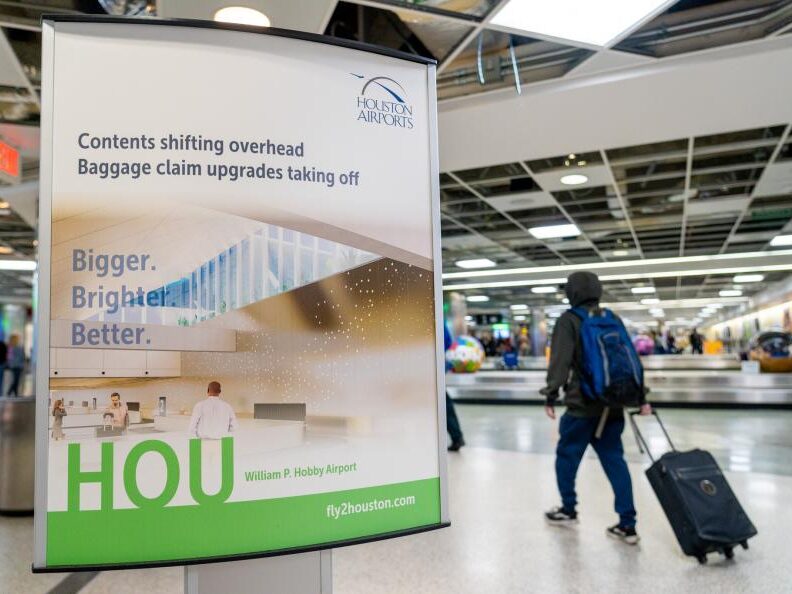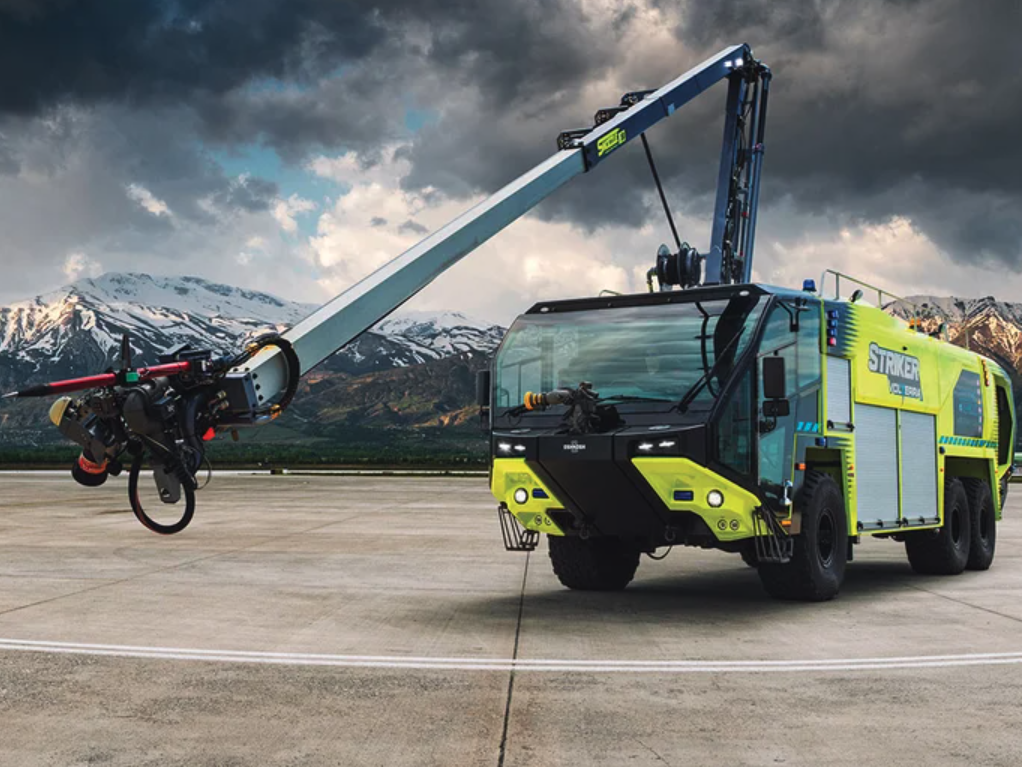Well-known to travellers and industry professionals alike, IATA airport codes are unique three-letter identifiers assigned to airports worldwide.
The International Air Transport Association (IATA) began assigning three-letter airport codes in the 1960s. This standardised system is now used by airlines, travel agencies, and passengers to simplify the identification of airports in booking, ticketing, and baggage handling systems.
The assignment of IATA codes follows specific rules and conventions. Generally, the codes are derived from the airport’s name, city, or geographical location. In some cases, they hold hidden stories—a blend of history, geography, and culture—of the places they represent.
In North America, some of the most notable airport codes are as follows:
ORD – Chicago O’Hare International Airport
At first glance, ORD might seem puzzling for Chicago O’Hare. The code’s origin dates back to the airport’s beginnings as Orchard Field, a military airbase during World War II.
When the airport transitioned to commercial use and was renamed after Lieutenant Commander Edward O’Hare, a Medal of Honor recipient, the code was retained to honour its past.
YYZ – Toronto Pearson International Airport
The enigmatic “Y” in Canadian airport codes is a legacy of the country’s radio navigation system. When the Canadian government established airports, it maintained the system used for railway codes. If the airport had a weather station, authorities added a “Y” to the front of the code, indicating “Yes” for a weather station.
YYZ specifically comes from the original Morse code identifier for Malton, the area where the airport is located. All railway stations along the Canadian National Railway had two-letter identifiers, with YZ being the code for the station in Malton, Ontario.
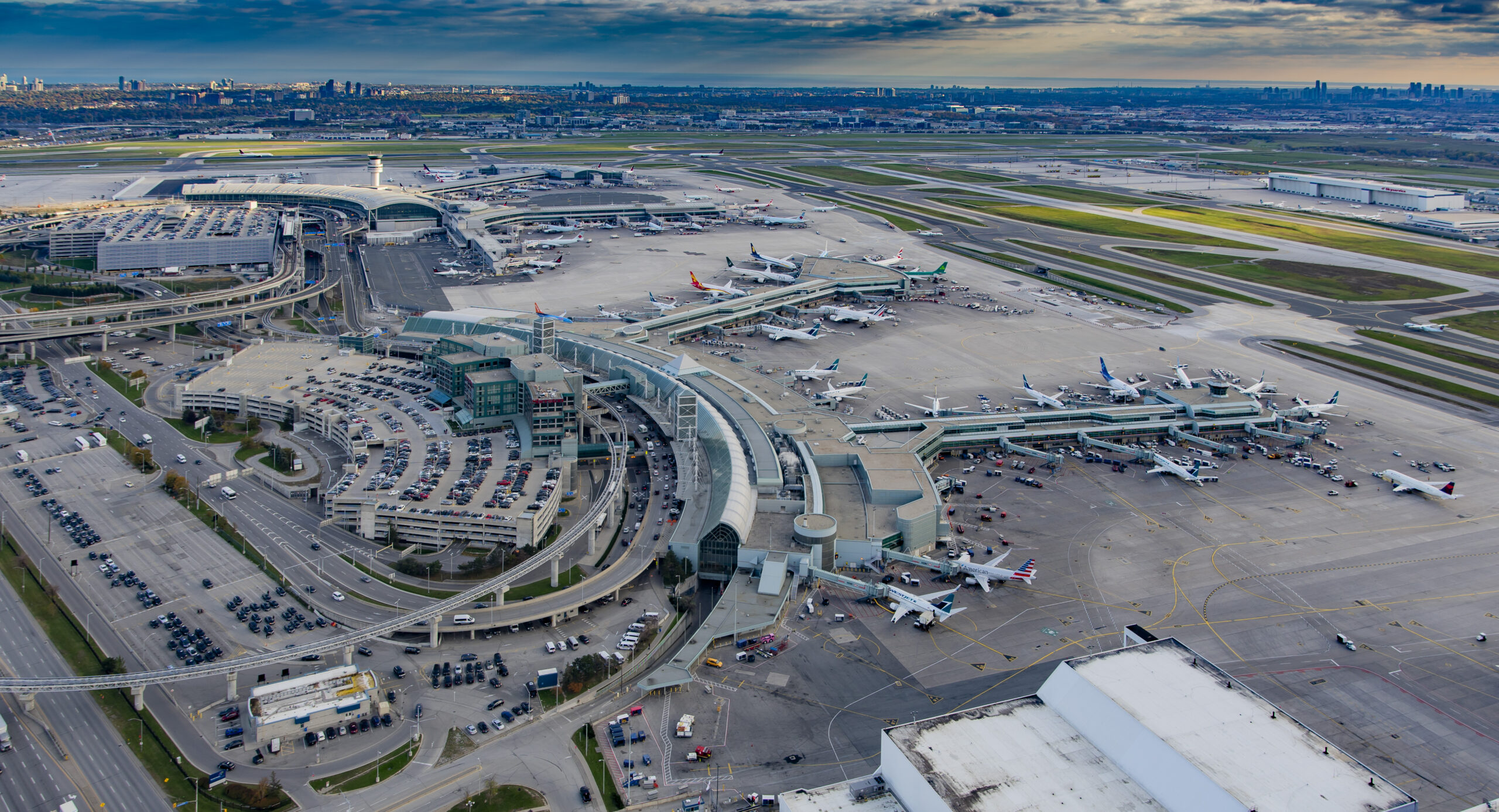
JFK – John F. Kennedy International Airport
As a more obvious example, John F. Kennedy International Airport’s code, JFK, honours the late President John F. Kennedy.
Originally known as Idlewild Airport, the New York hub was renamed in 1963. The new name and corresponding code, JFK, were quickly adopted, reflecting the city’s respect for Kennedy’s legacy. Previously, the code IDL was used for Idlewild Airport.
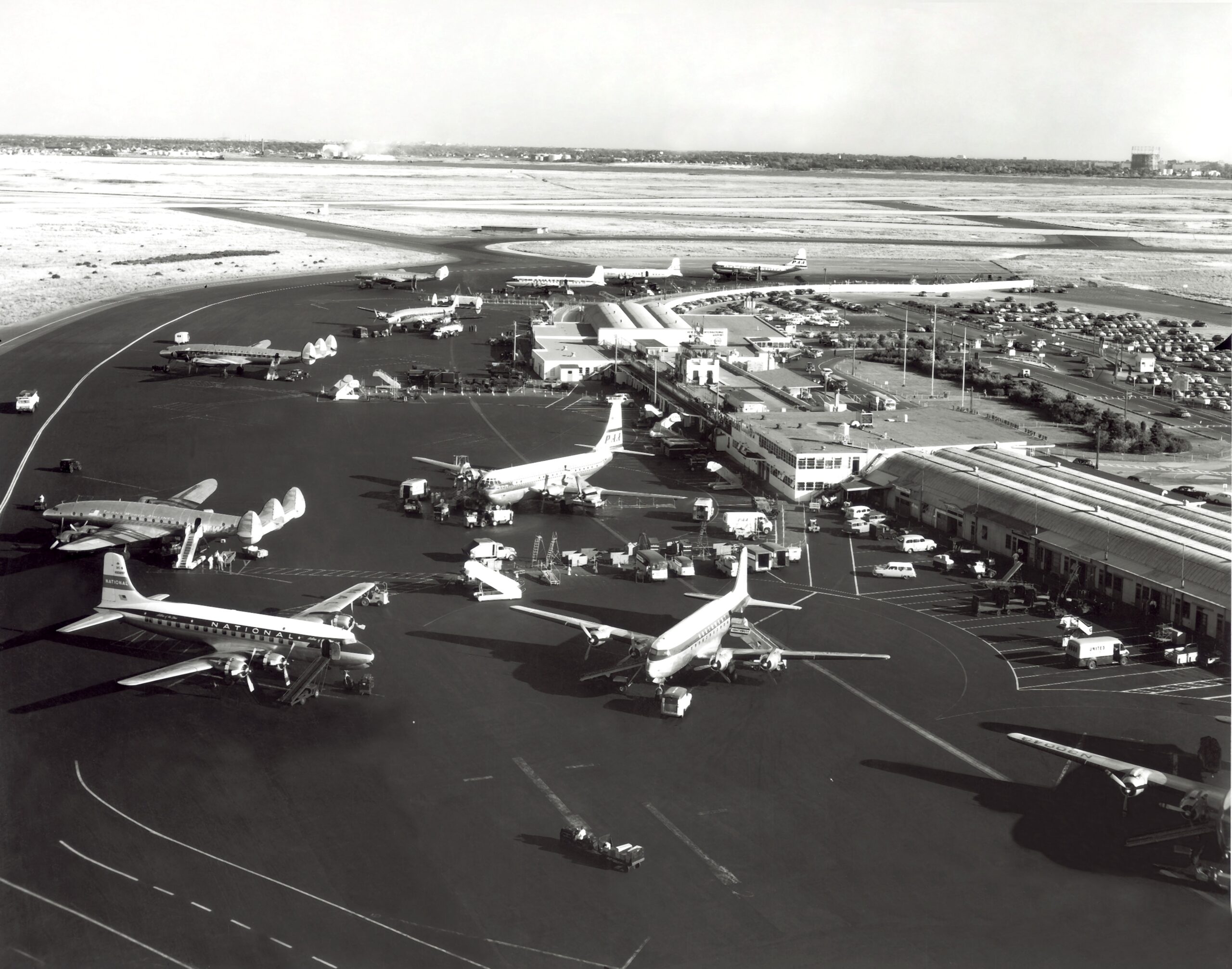
LAX – Los Angeles International Airport
Los Angeles International Airport’s code, LAX, is a product of an expansion in aviation standards. In the 1930s, airports were assigned two-letter codes, and Los Angeles was simply LA.
When three-letter codes became standard, an “X” was added as a placeholder, creating the now-iconic LAX.
ATL – Hartsfield-Jackson Atlanta International Airport
ATL’s straightforward code uses the first three letters of the city of Atlanta’s name.
This code has remained consistent, while the name of the airport has changed several times. From 1925, it was named Atlanta Municipal Airport before becoming Hartsfield Atlanta International Airport in 1942 in honour of former Atlanta mayor William B. Hartsfield, who was instrumental in its expansion.
From 1980 onwards, the airport was renamed to include the name of Maynard H. Jackson, the city’s first African American mayor, who further advanced its exansion. The airport is thus now known as Hartsfield-Jackson Atlanta International Airport (ATL).
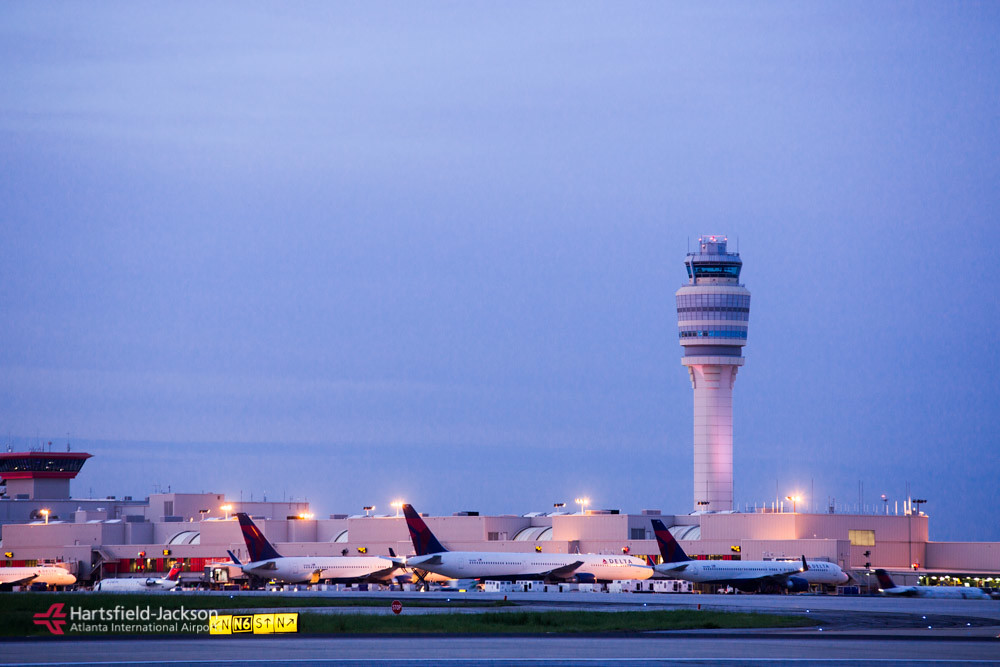
DFW – Dallas/Fort Worth International Airport
Dallas/Fort Worth International Airport’s code reflects its unique regional identity, serving two major cities in Texas. The decision to combine the names in the code ensured neither city would feel slighted and underscored the collaborative effort behind building the airport.
Meanwhile, Dallas Love Field Airport uses the IATA code DAL, although DFW is now the largest airport to serve the city of Dallas.
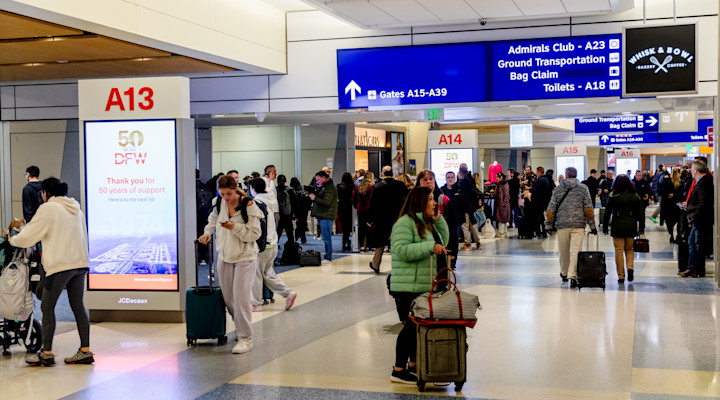
HNL – Daniel K. Inouye International Airport (Honolulu)
HNL’s code pays homage to Honolulu’s Hawaiian roots and its prominence as a Pacific hub. While the airport is officially named after Senator Daniel K. Inouye, the code remains a tribute to the city’s cultural and geographical significance.
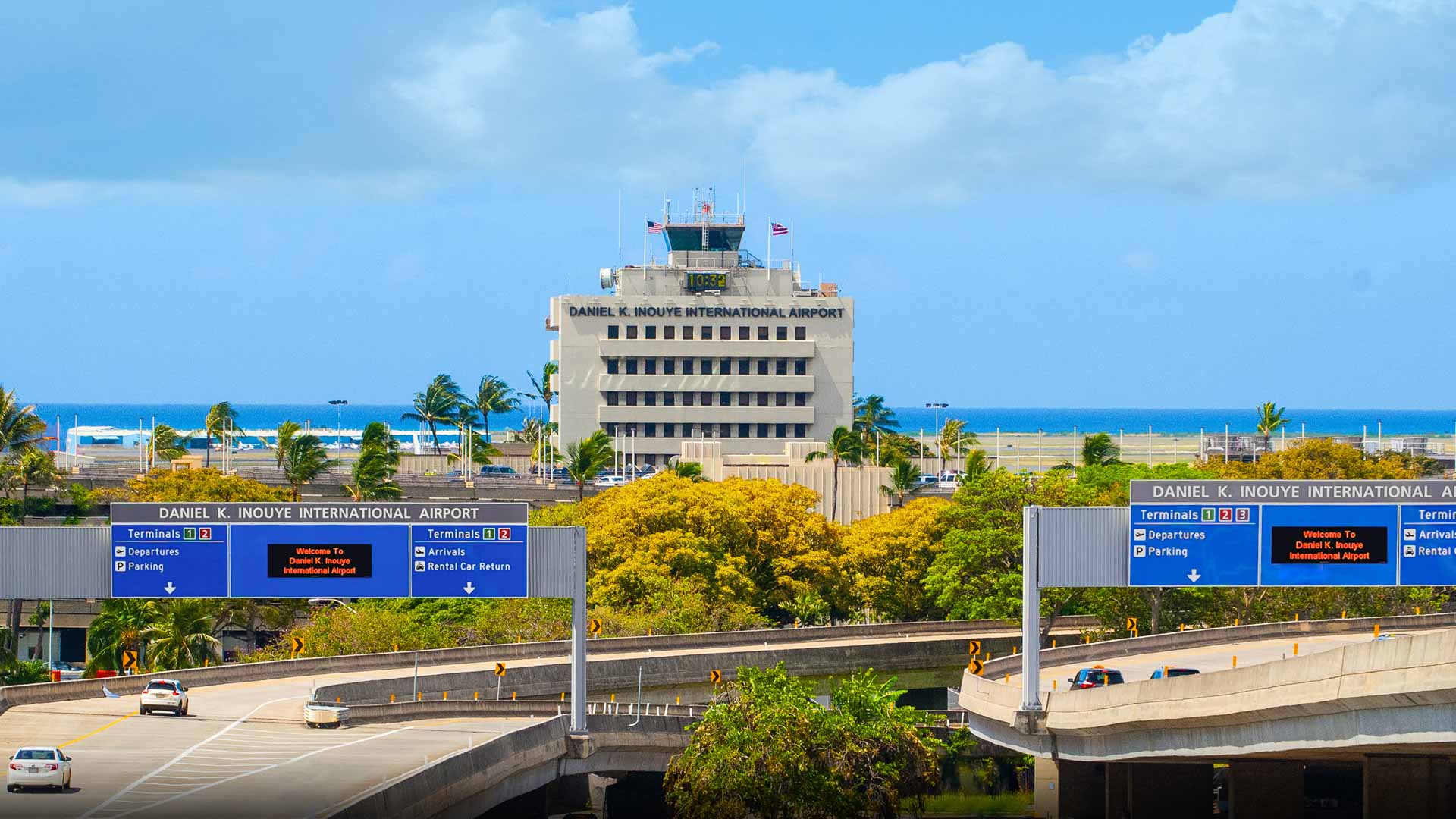
EWR – Newark Liberty International Airport
When airport codes transitioned from two to three letters, the Navy claimed all codes beginning with the letter “N.” As a result, Newark Airport chose remaining letters from its name to form the code EWR.
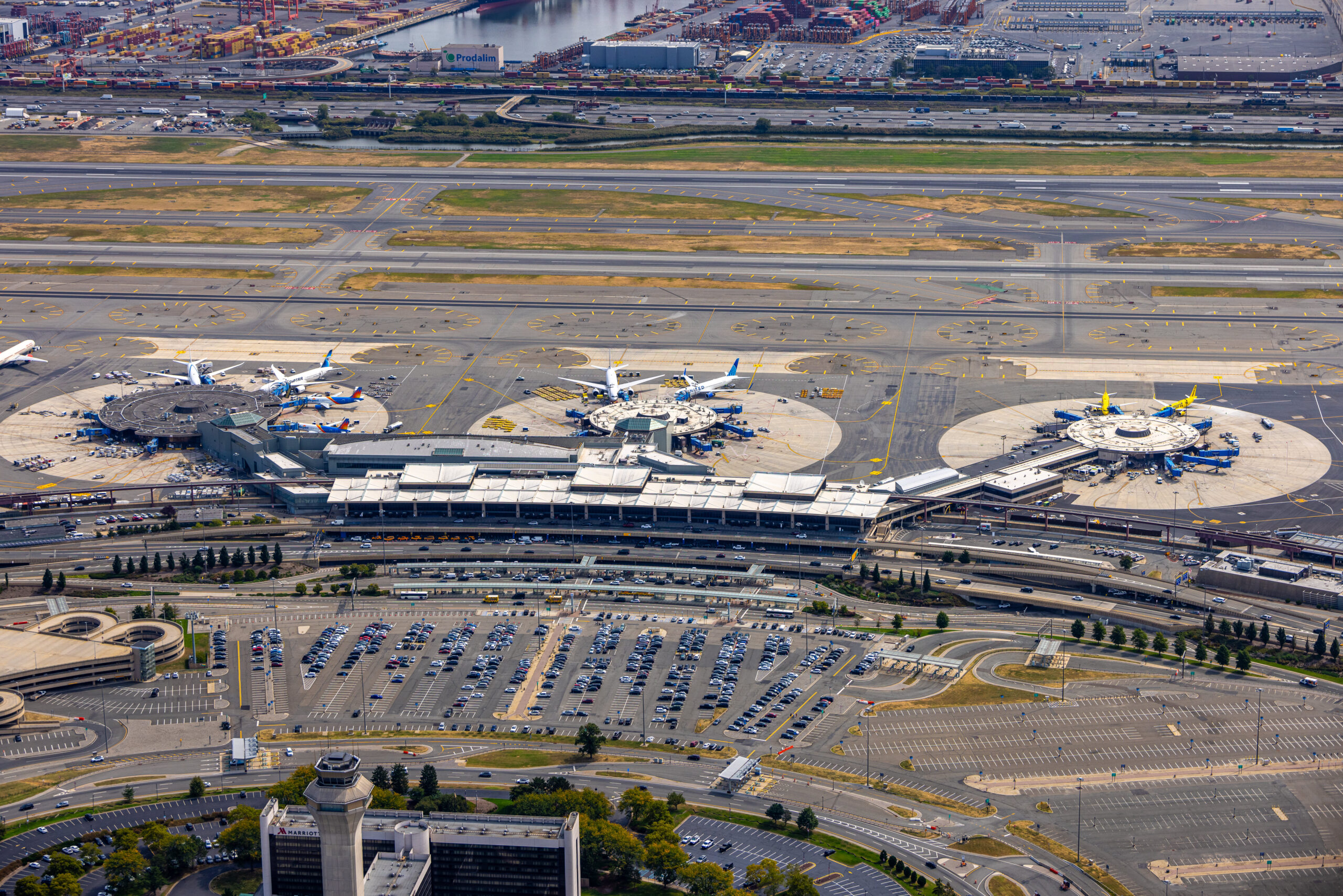
MSY – Louis Armstrong New Orleans International Airport
New Orleans’ primary airport opened in 1946 as Moisant Field, named after New Orleans native John Moisant, an early aviation pioneer who tragically died near the site.
The code MSY is derived from the airport’s original name, with “M” representing Moisant and “SY” from the abbreviation of “Field.”
In 2001, the airport was renamed Louis Armstrong New Orleans International Airport in honour of jazz legend Louis Armstrong. Despite the name change, the airport retained the original IATA code MSY because it was already established and in use.
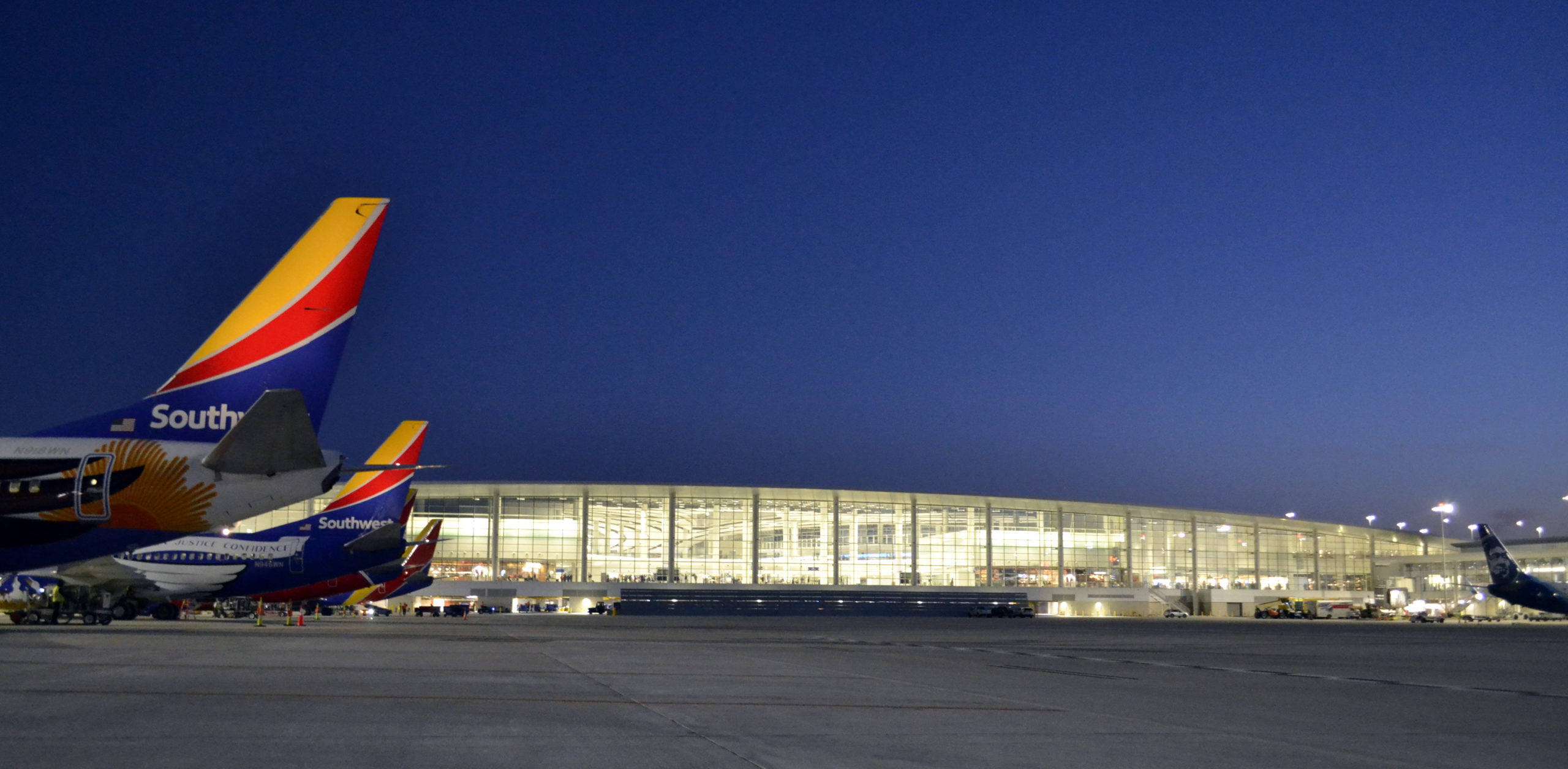
Thanks to their histories, three-letter airport codes thus not only carry just passengers, but also stories of transformation, resilience, and innovation. Each code is a reminder of aviation’s evolution and the cities it connects.
Stay tuned or subscribe to Airport Industry-News to stay in the loop with future articles exploring more quirky, historic or unusual IATA codes from around the globe.

